
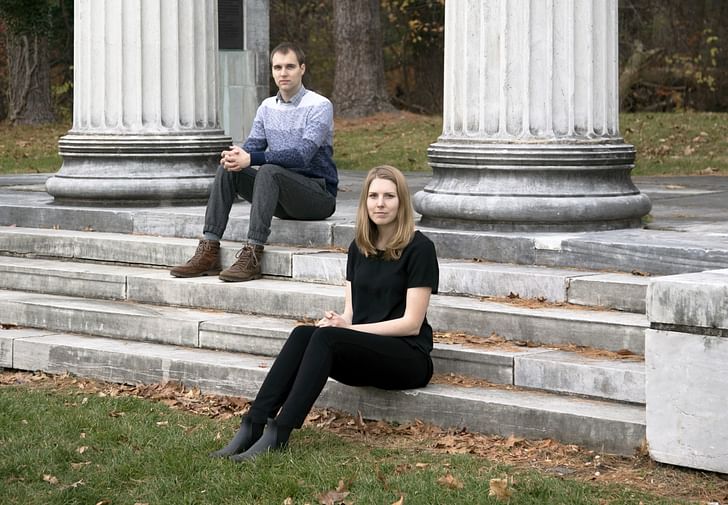
After Architecture is an internationally recognized design practice, founded by Katie MacDonald and Kyle Schumann, dedicated to place-making across scales. For this week's Small Studio Snapshots, we talk with the duo about the problem with typological specialization, about foregoing the traditional architectural apprenticeship, and about the power of place.
How many people are in your practice?
Two. We work together equally on all projects and often collaborate with others.
Why were you originally motivated to start your own practice?
Ultimately, a desire to test our ideas at full scale combined with a strong collaborative dynamic that we developed as classmates. Near the end of architecture school, we grew restless with paper architecture and sought out opportunities to build real world projects. While our studio education was based around individual design projects, at some point, we realized that the conversations we were having amongst our peers were among the most fruitful and engaging, allowing us to develop our own critical voices. Collaboration with each other was fundamentally different than the hierarchical professor-student dialogue, and together, we were able to explore the question of how a design gets built.

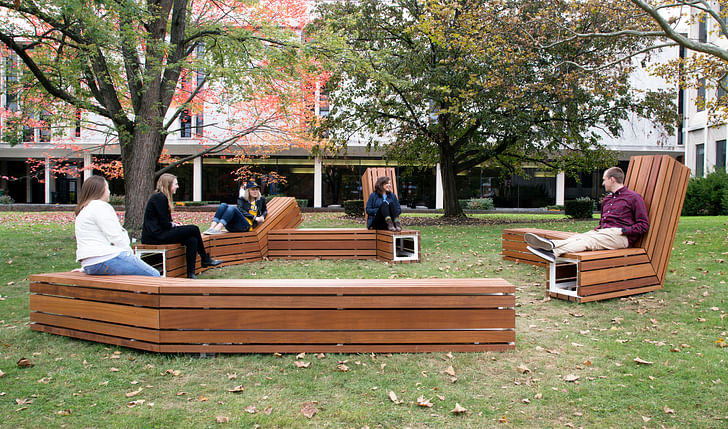
What hurdles have you come across?
Becoming comfortable with the fact that architectural practice is largely learned by doing. We started our practice early and forewent the traditional long-term apprenticeship, opting instead to tackle entire projects on our own and gaining necessary expertise along the way. This makes for a challenging but intellectually stimulating day to day in the office.
Typological specialization inherently encourages an understanding that any given typology must operate in a certain wayWe also find that specialist-centric model of practice troubling. If a client wants a library, they search for an architect with proven expertise designing libraries. While experience is without a doubt valuable, typological specialization inherently encourages an understanding that any given typology must operate in a certain way. We favor the Eames model of embracing the unknown and jumping into new territory with eyes wide open, soaking up knowledge and churning out sensitive and critical design work. It can be challenging to convey to clients the versatility of a strong design practice.
Can you discuss some strategies you use to get clients to trust your versatility?
Practicing at a range of scales and across disciplines can sometimes confuse clients, who tend to expect a narrow scope of specialization. We try to make clear to our clients that our work is about a particular approach and process—we are interested in design that responds to local conditions and plays into the nuance of place, whether that means engaging a local narrative or material tradition. With this unifying methodology, we have tackled a variety of design problems, resulting in a varied portfolio of unique projects. Because a cohesive aesthetic is not the objective, it can be difficult for clients to predict what we will produce. We have found that once we express our process and our desire to address each new design problem on its own terms, clients are generally very open to the process.
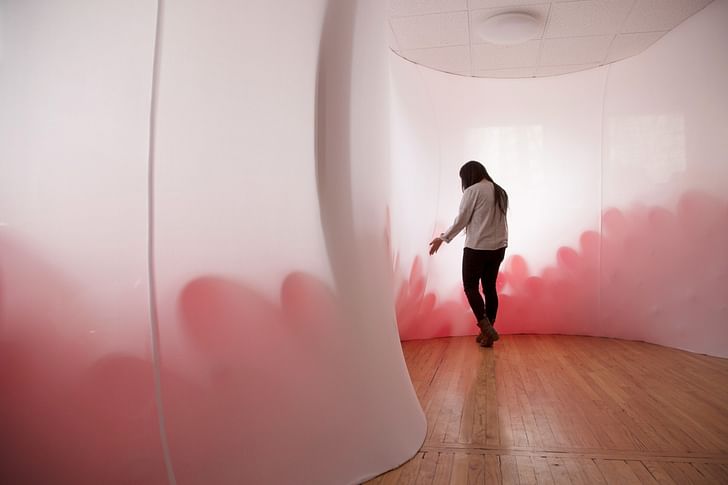
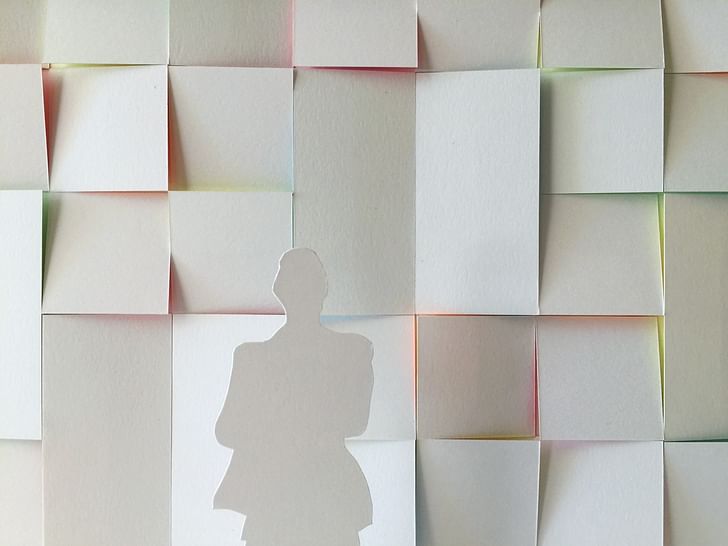
Is scaling up a goal or would you like to maintain the size of your practice?
We started small in practice but also in project; our first built work was a temporary bench. Over time, our work has grown in scale and we hope that our practice will as well. That said, we would like to continue working on projects of all scales, with small scale projects often providing more opportunities to experiment with new material systems or formal moves.
Is the firm's focus on public work projects something you see yourselves maintaining as the firm grows?
We started with place-making and public work because those opportunities presented themselves and were a way for us to grow a portfolio of built work fairly quickly—it is difficult to demonstrate your abilities to clients without built proof. Seeing something that we have made be enjoyed by a constantly changing flow of people is exciting and gratifying Through these early experiences, we have grown to really savor working in the public realm. Seeing something that we have made be enjoyed by a constantly changing flow of people is exciting and gratifying, and observing how that can activate larger surrounding spaces is even better. Our hope is that we can continue to work in this realm with projects of increasing scale, so that we can make an impact on how people engage their cities and communities. Having grown up in Los Angeles (Katie) and suburban New Jersey (Kyle), where private space is so often foregrounded, we would like to contribute to the utilization and success of public space. That said, we are currently working on both public projects and private residential projects, which bring up an entirely different set of challenges, but are enjoyable due to the specificity of the clients needs and the ability to work directly with the users. The variety of scales and balance of public/private make for a dynamic office life.

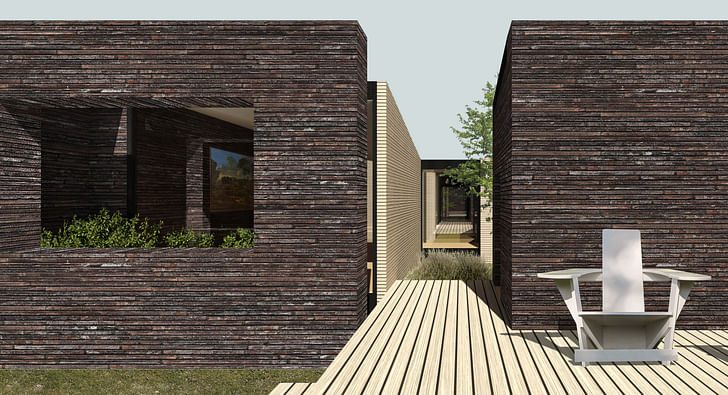
What are the benefits of having your own practice? And staying small?
Running a practice has both allowed us to test our ideas through the act of making, and granted us a voice within the discipline. Running a practice has both allowed us to test our ideas through the act of making, and granted us a voice within the discipline. Building is a potent way to participate in the dialogue of the built environment, and allows us to observe the way the public responds to an engages with our work.
Our interest in architecture is in place-making and the enduring elements of place: historical, cultural, and material narratives that together comprise the unique character of any locale. At this point in history, one would be hard pressed to find a location where these narratives haven't already been established for hundreds or thousands of years. We try to build on such elements with each project, and the creative freedom granted by having our own practice enables this agenda.
Running a small office allows us to have a hand in all aspects of each project, interfacing directly with clients, craftsmen, contractors, and consultants. Just as our partnership allowed us to develop our own voices, collaboration brings new knowledge and generates future possibilities in our work.
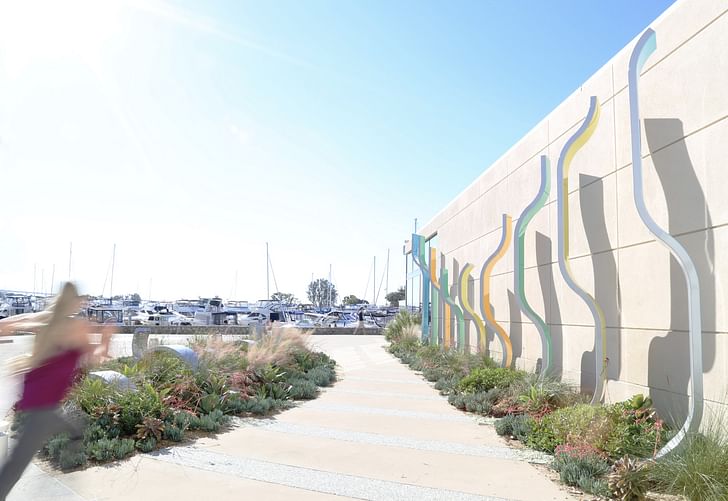
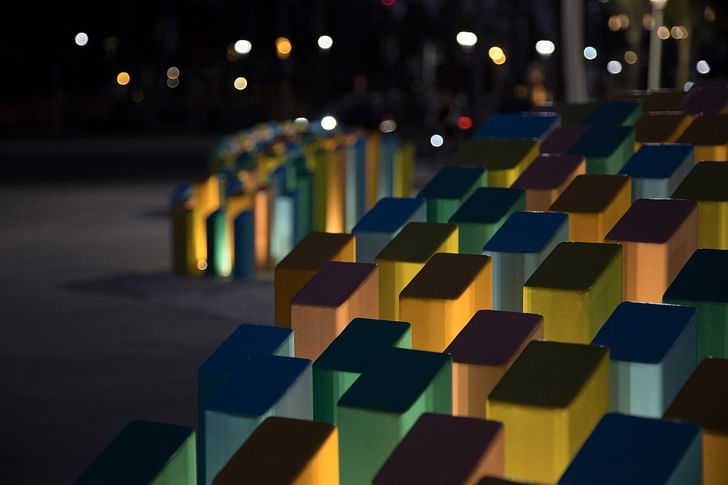
1 Comment
Great post! These guys have it correct. The "eames model" is the best way to develop imo. The idea that internships are the only path forward is foolish and damaging to the profession. I love how these 2 just jumped into the water, and I agree that unique work follows a unique path.
Block this user
Are you sure you want to block this user and hide all related comments throughout the site?
Archinect
This is your first comment on Archinect. Your comment will be visible once approved.